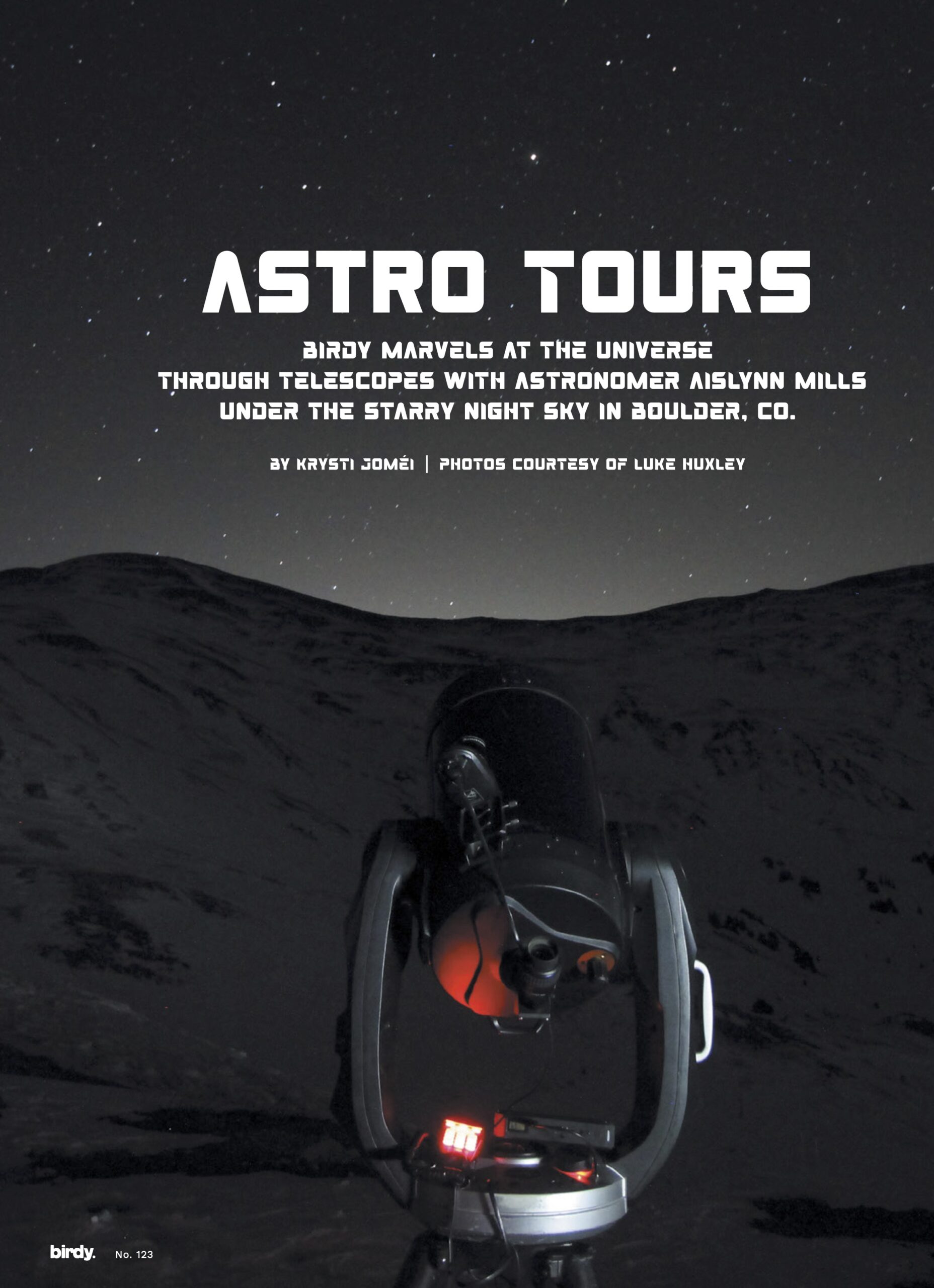
Published Issue 123, March 2024
On a cold January eve, we — the Birdy crew — made our way from Denver to Boulder Valley Ranch trailhead right as the sun was setting with one mission: to stargaze. We found a nearly empty lot except for a large van decorated with glow-the-dark stickers and dim red lights parked alongside tables displaying astronomical machinery and gadgets. Three state-of-the-art telescopes were silhouetted against the darkening horizon, the most notable being a 16-inch Dobsonian, standing taller than us depending on its position. A row of red cozy camp chairs completed the scene. Decked out in a warm almost space-esque jumpsuit and headlamp, astronomer Aislynn Mills greeted us before we took our seats.
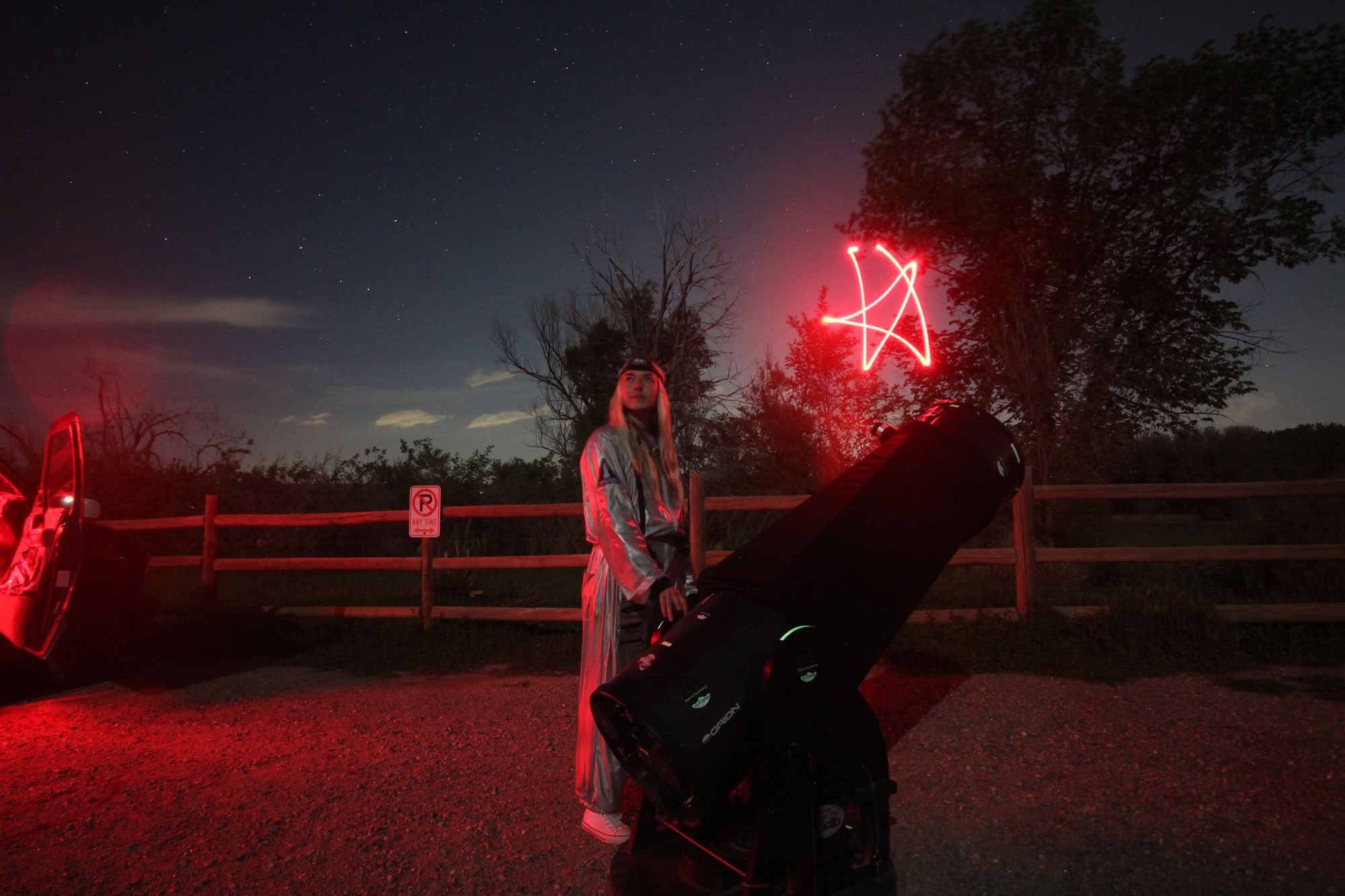
Astro Tours is Colorado’s hands-on night tour of the sky using telescopes, lasers and binoculars guided by local, passionate astronomers. Participants experience a one-of-a-kind opportunity to see planets, constellations, nebula, clusters, galaxies and sometimes shooting stars with their own eyes. Providing real-time education about our planet and place in the universe, their astronomers intertwine the wonders of the stars with the magic of storytelling. Most importantly, their mission is to bring the cosmos to people to share a unifying perspective that we inhabit this small planet together.
Aislynn starts the tour by explaining the three different types of twilights: civil, nautical and astronomical, the one we were starting to experience, where the sun is 10-20 degrees below the horizon and we can start to see the brighter objects and some of the fainter ones in the sky. She pauses to hand each of mini squeeze keychain with a micro red light. “These are red lights. We use red light because it has the longest wavelength, so it has the lowest energy and it doesn’t hurt our eyes once they get adjusted to the dark, or what we call our ‘night vision.’ If you look at white light, like your phone, after you get your night vision, you lose it instantly and it takes around 20 minutes to get that back.”
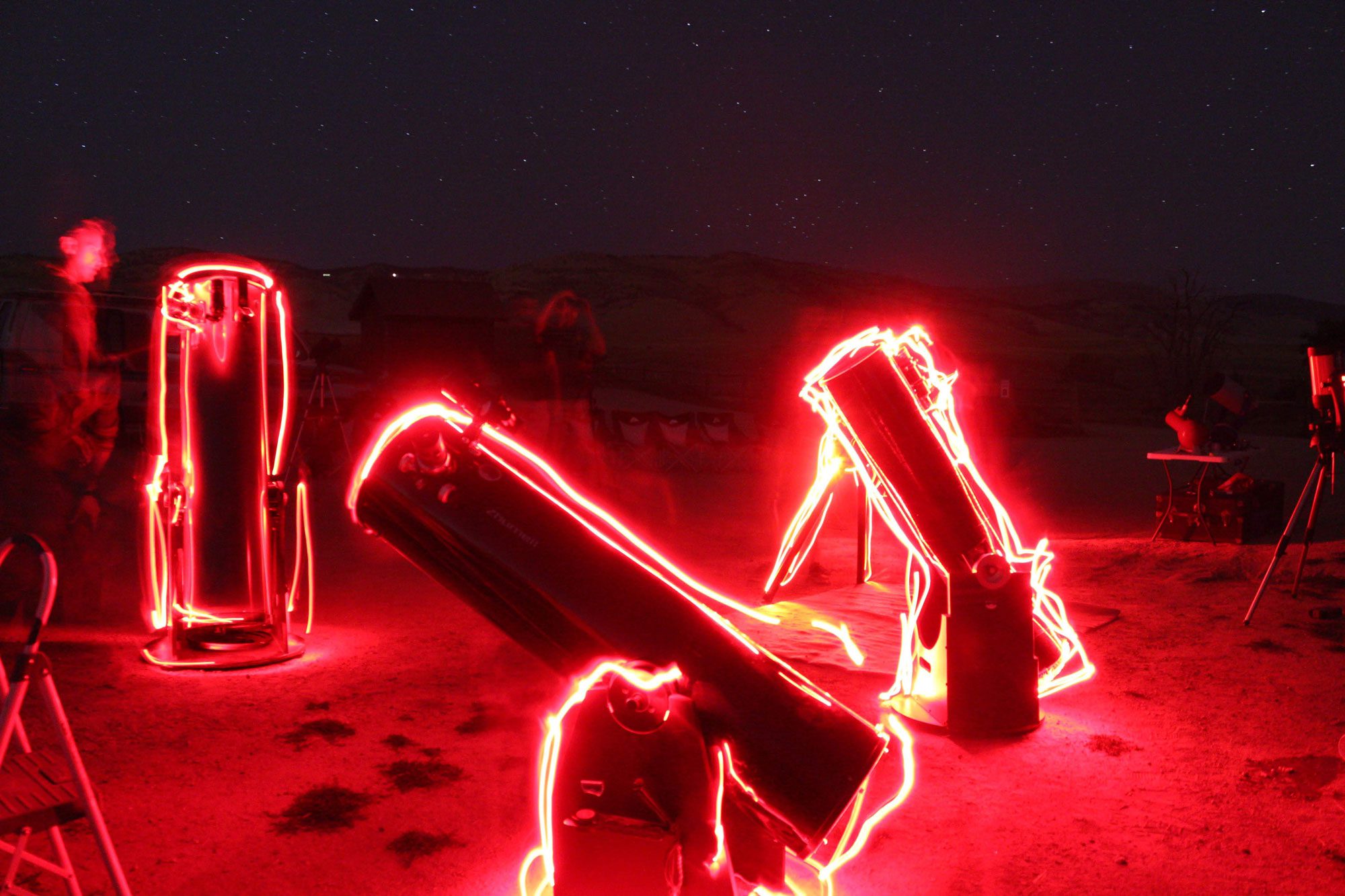
Not even five minutes in and more “wows” have escaped from our mouths than we can count. After going over the basics: the shape of the earth, the direction it’s moving in (which we all failed to guess correct the first time) — she explains that, “We’re actually moving towards the east at 800 mph. So if the Boulder Reservoir is two miles due east from this trailhead, we will occupy that bit of space the reservoir is in nine seconds. If that doesn’t have you dizzy yet, don’t worry. The night is young.”
Founder Luke Huxley started Astro Tours after he came back from a yearlong stay in Australia where he worked doing outreach for observatories with the astronomer known as Space Gandalf. Luke was struck by “How the night sky is something shared across all cultures, how we all look up at the same stars. How we all travel around this planet as it rotates once a day, and orbits the sun once a year. It’s a journey we’re all on together.” When he came back to the States, he couldn’t find an organization that was aligned with the experience he had just had and with his values as an astronomer. So he decided to create one of his own.
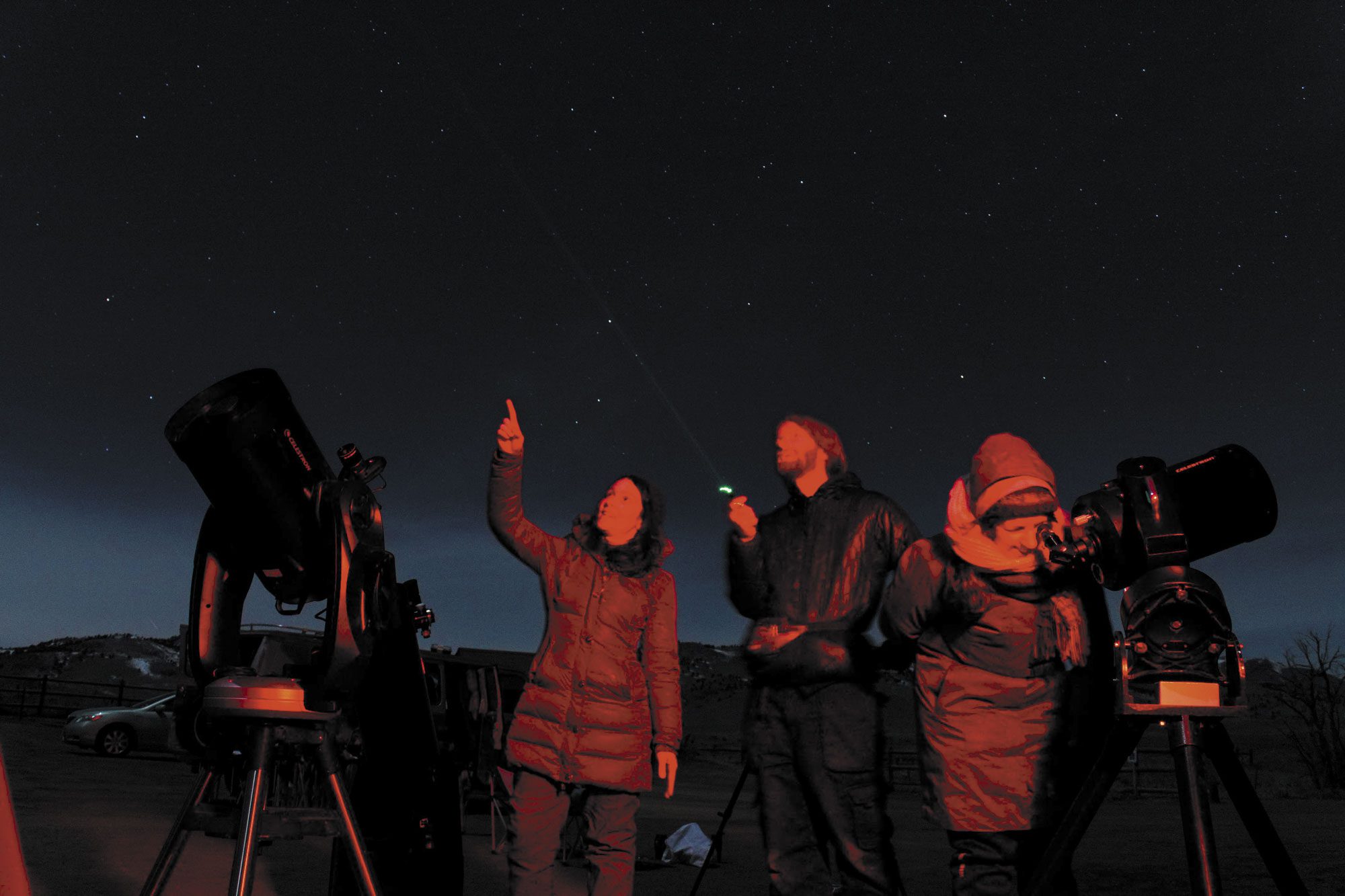
“I decided to bring this experience to people who might not have had the opportunity to look through a telescope.” Luke explains that Astro Tours partners with diverse groups and events, non-profits and people of all ages, with multiple programs a week, year-round. “We aim to inspire the next generation of astronomers, and more importantly, communicate why astronomy is not just about distant celestial objects but a reminder of how interconnected we are.”
Before we moved on to the moment we’d been waiting for — looking through those high-powered telescopes — Aislynn had one last important task for us. “I like to start the night by making some observations, making some measurements of the sky, because we’re going to take into account what we’re looking at right now. And then we’re going to come back later at the end of the night and make those same measurements again and see how they’ve changed. I like to start off in the east. Let’s see what we have with these clouds — we can see part of Orion right now. Can you see my laser?”
We could, and it felt like a Star Wars moment. We used our hands to take measurements from the horizon up to her laser which was circling the double star, Rigel, at the foot of Orion (which turns out to be a winter constellation). It took about three handprints. Now it was time to view one of Orion’s shoulders. “That right here is Betelgeuse (pronounced like the classic horror comedy). If you’re looking at it and thinking it has a bit of a red color, that’s because it’s a red supergiant. And we’re hoping that in our lifetime, we’ll see it go supernova.” She explains that it may already have happened. Because Betelgeuse is 700 light years away, so the light we were seeing is from 700 years ago. Our brains felt like they were about to go supernova with awe.
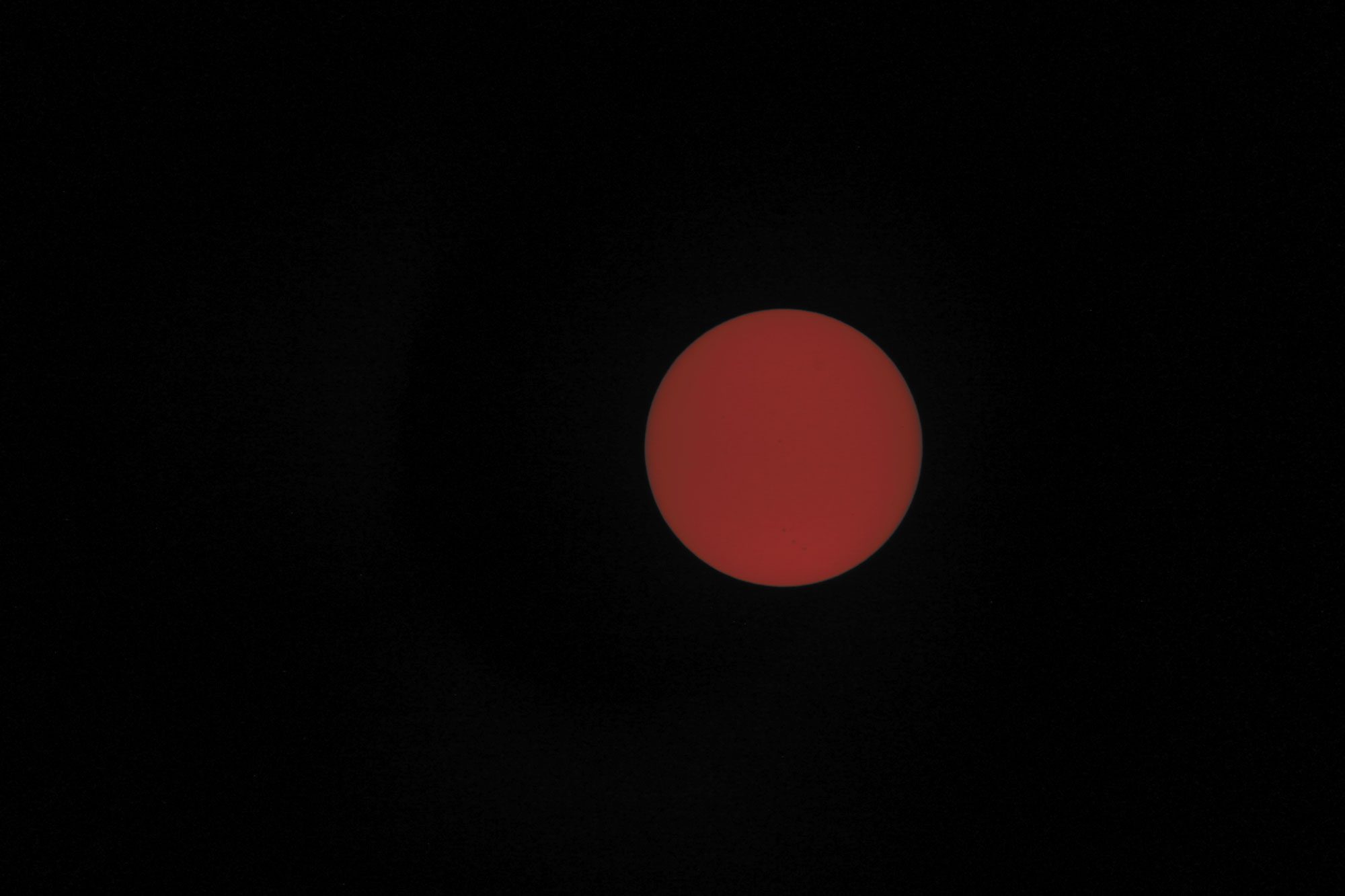
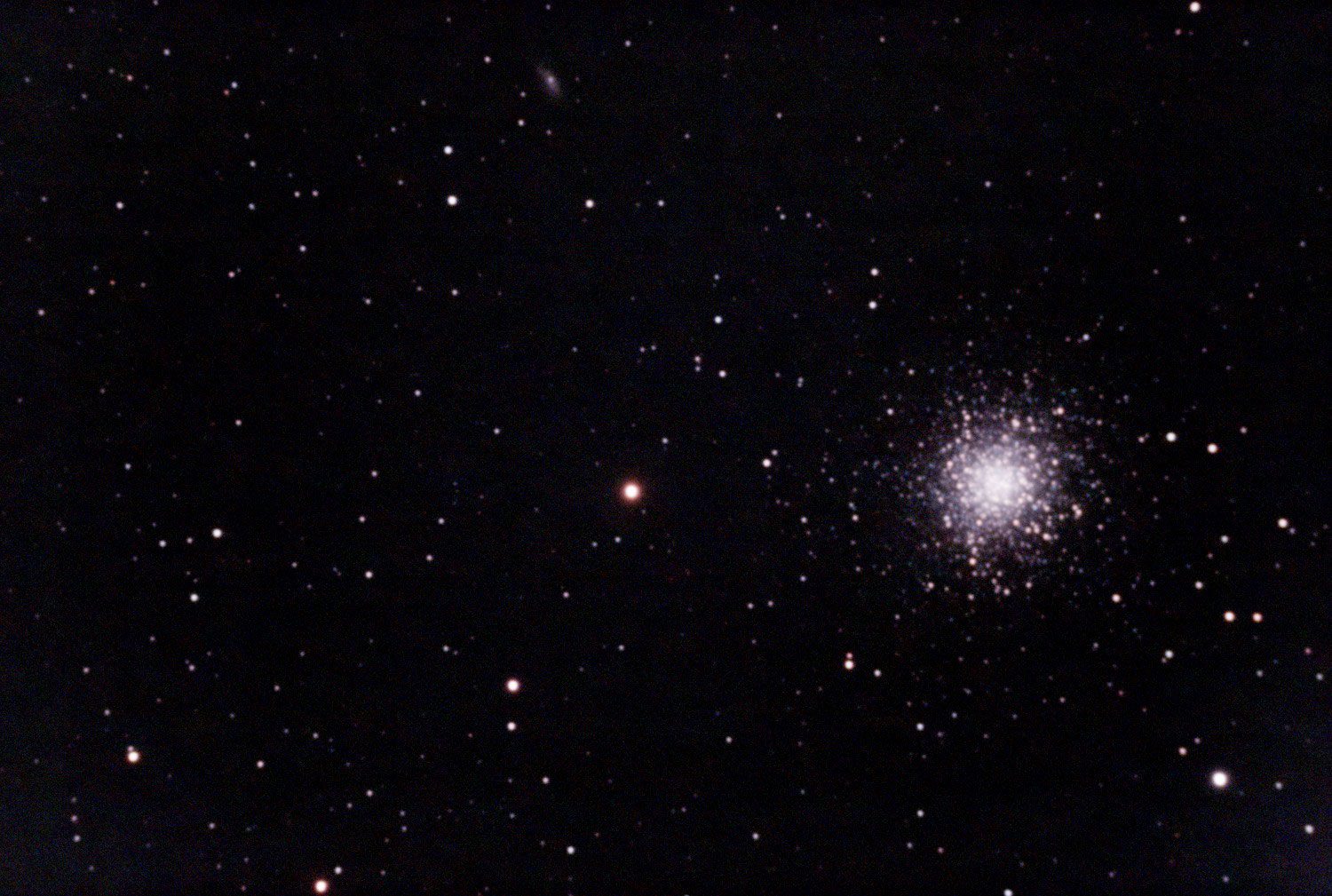
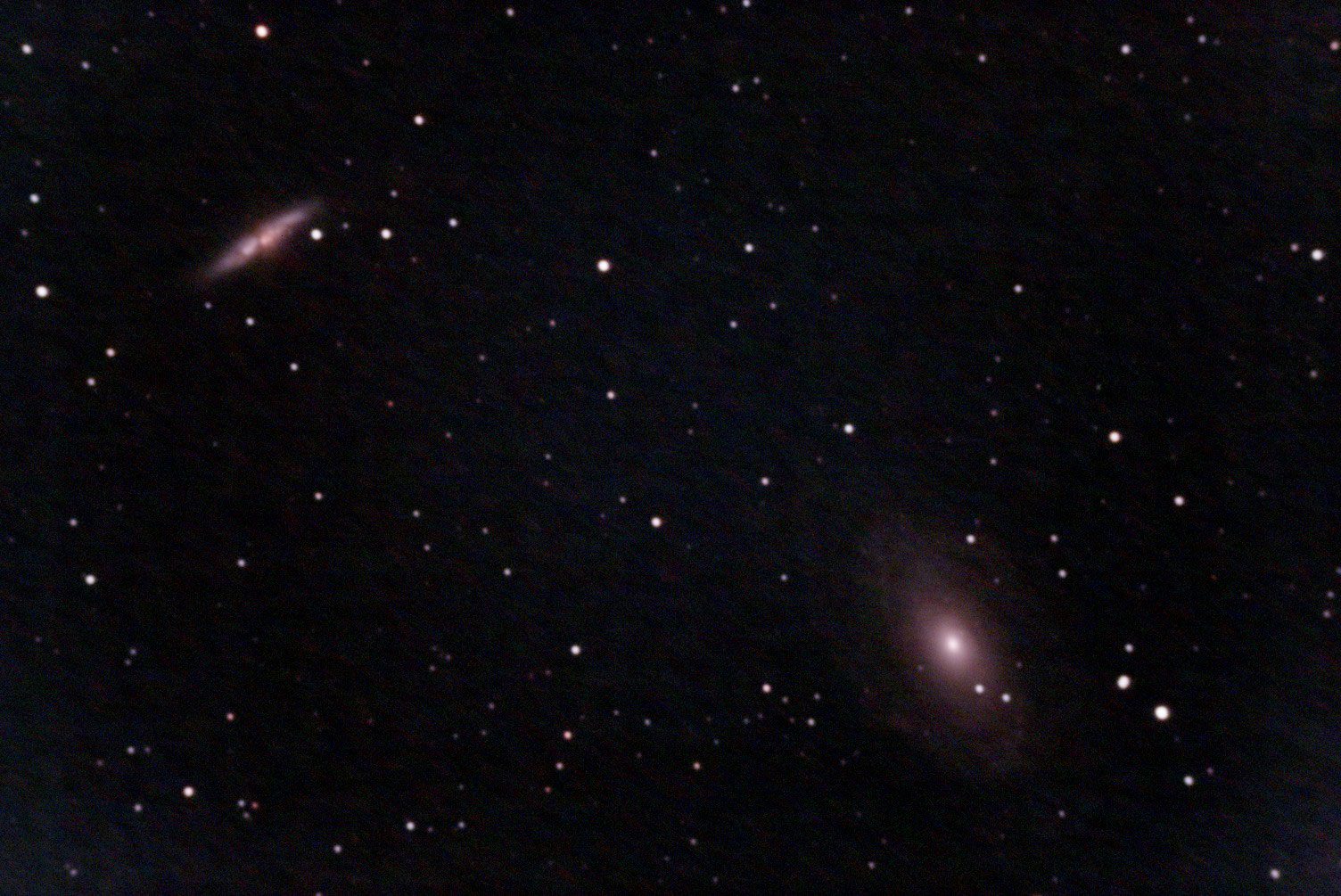
Astro Tours is also changing the landscape for tourism. In a world increasingly impacted by human activity, preserving the natural beauty of our environment is more crucial than ever. “We believe in sustainable tourism. This means our operations are designed to have a minimal environmental footprint,” says Luke. Each of their stargazing sessions is conducted with the utmost respect for the natural environment from the locations they choose for their services and tours, to their transportation and production practices, to the education and information they provide to guests. As DarkSky Advocates, their commitment extends beyond their tours. They advocate for dark sky preservation, raising awareness about the importance of reducing light pollution to protect our skies through community engagement and education.
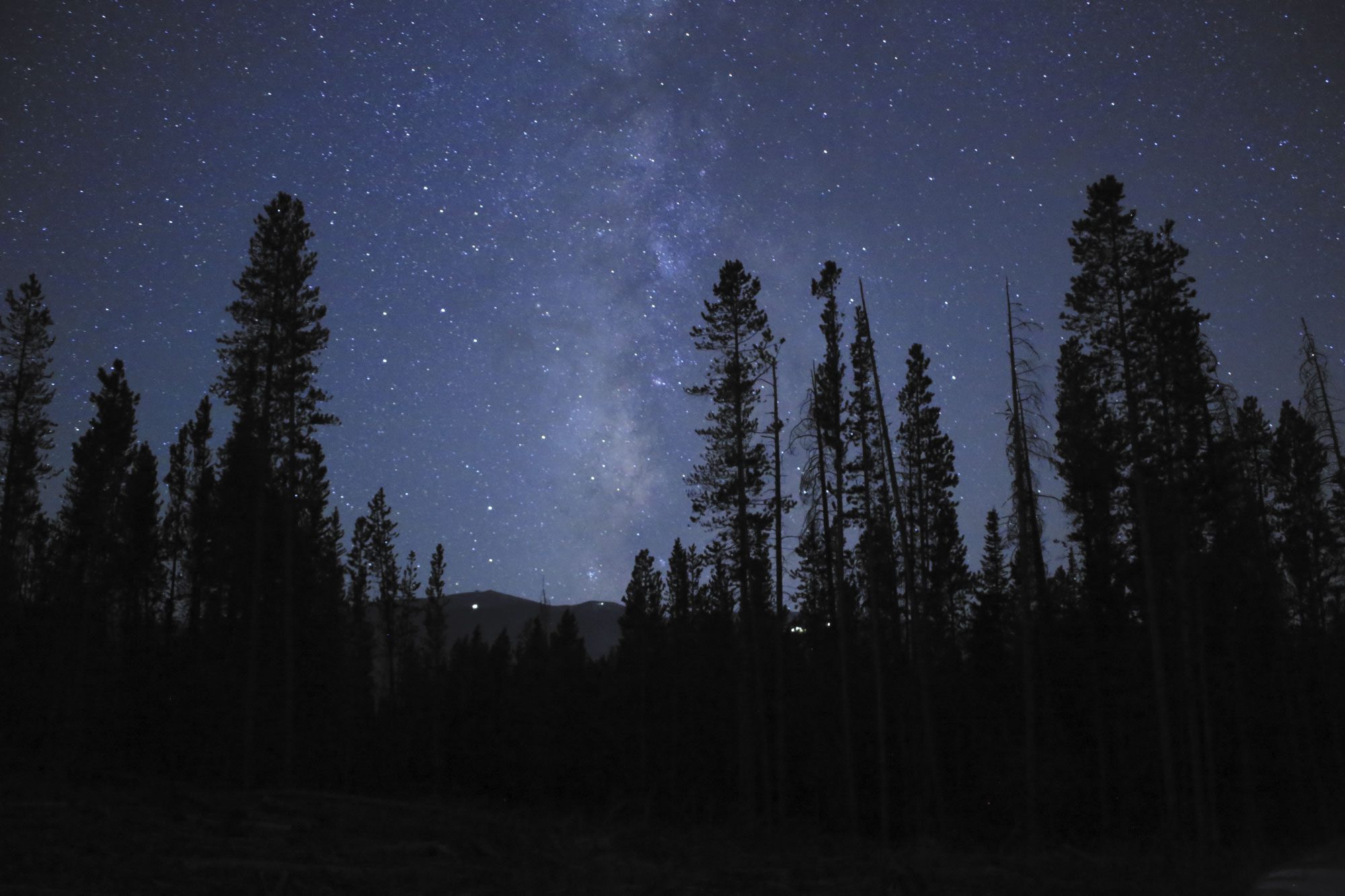
We use Orion to locate Aldebaran in the zodiac constellation of Taurus before viewing the open star cluster Pleiades, or the Seven Sisters, Jupiter, and the “heavenly twins” of Gemini: Castor and Pollock. “One thing I didn’t mention was how we get our zodiac,” Aislynn uses her laser to demonstrate. “We can draw a line across our sky — if you imagine where the sun set behind the mountains — up from the sun all the way up to the moon, continue this line up to Jupiter, and then all the way across the sky to where Gemini is over here. And then draw that line down into the horizon underneath the earth and back up to where the sun was and where the moon is. This is called the ‘ecliptic,’ or the plane of our solar system. And that is where we will always find the planets. So that’s how we get to the zodiac signs, because year after year, people were looking up at the sky and seeing these bright objects — the planets — move through the same constellations. That’s why you’ll never hear of somebody saying their zodiac is Cassiopeia, because we will never have a planet in this constellation.”
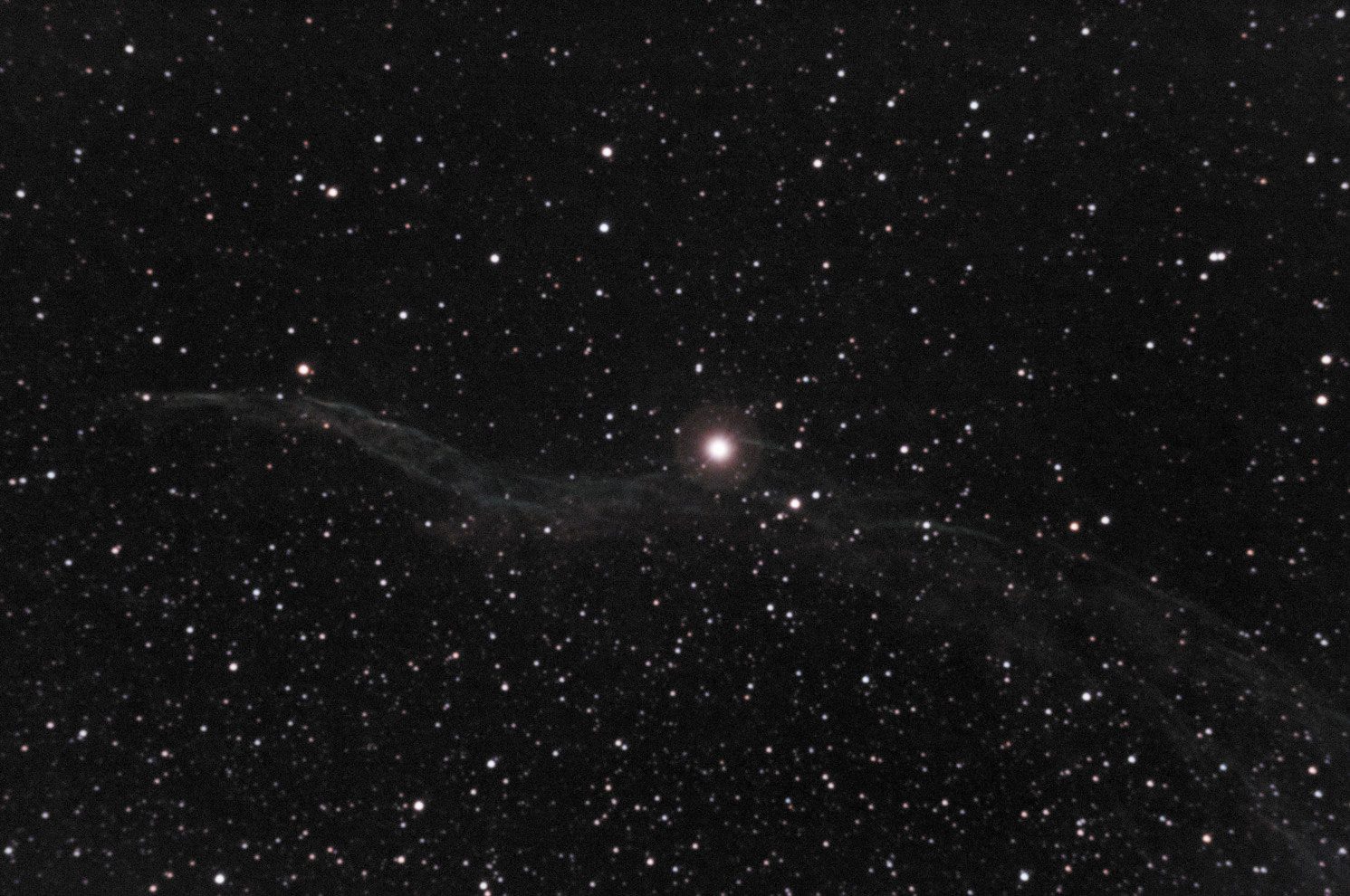
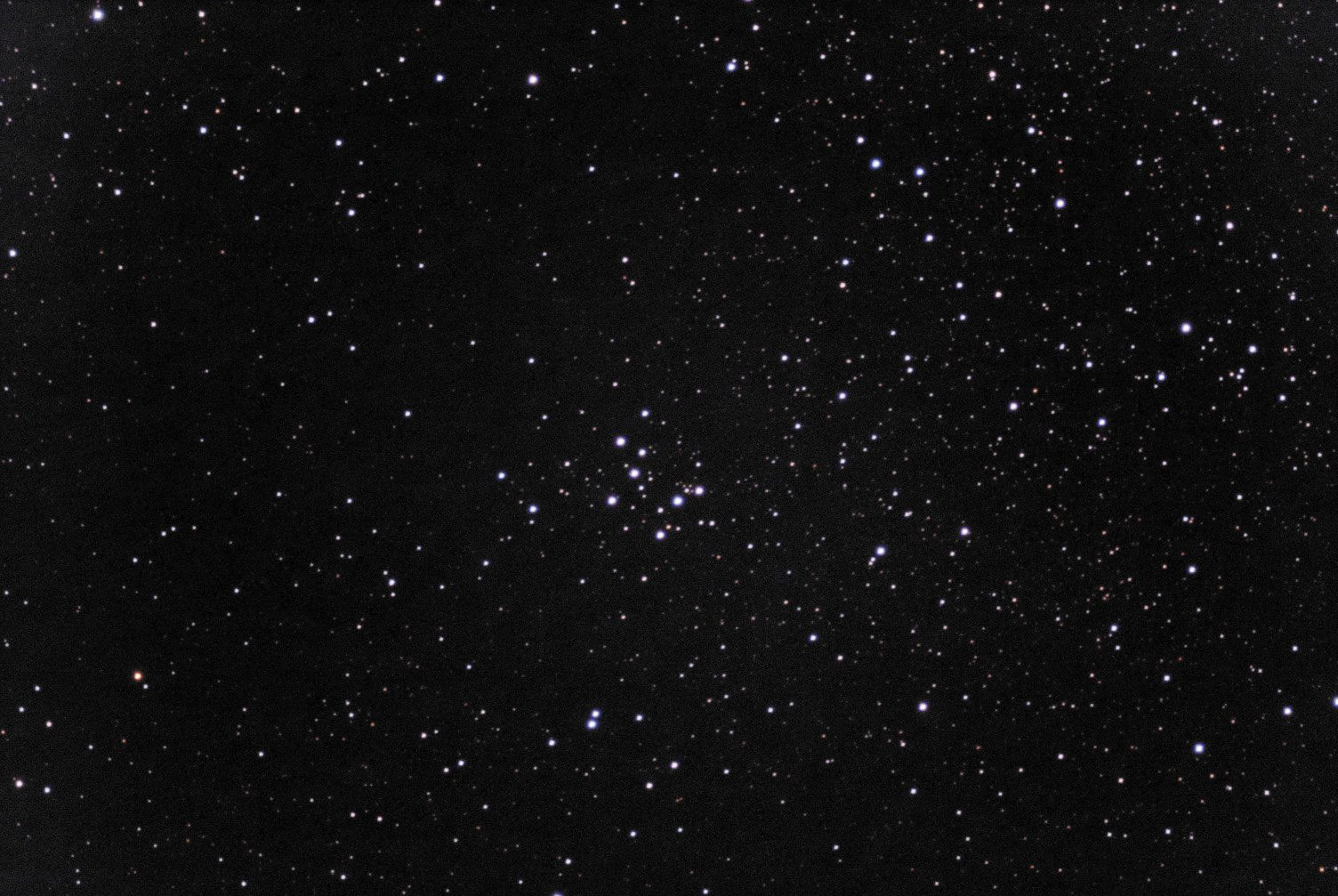
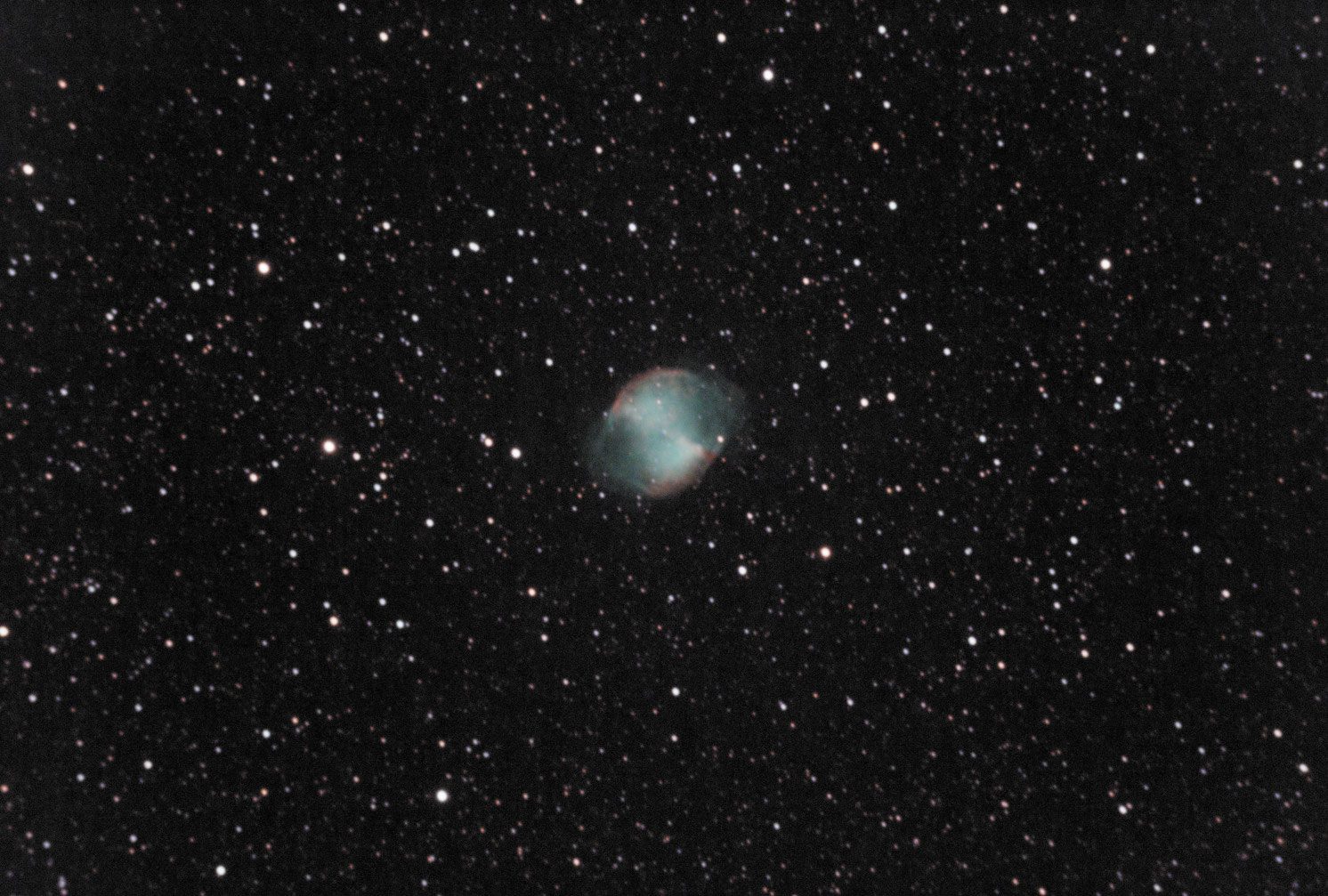
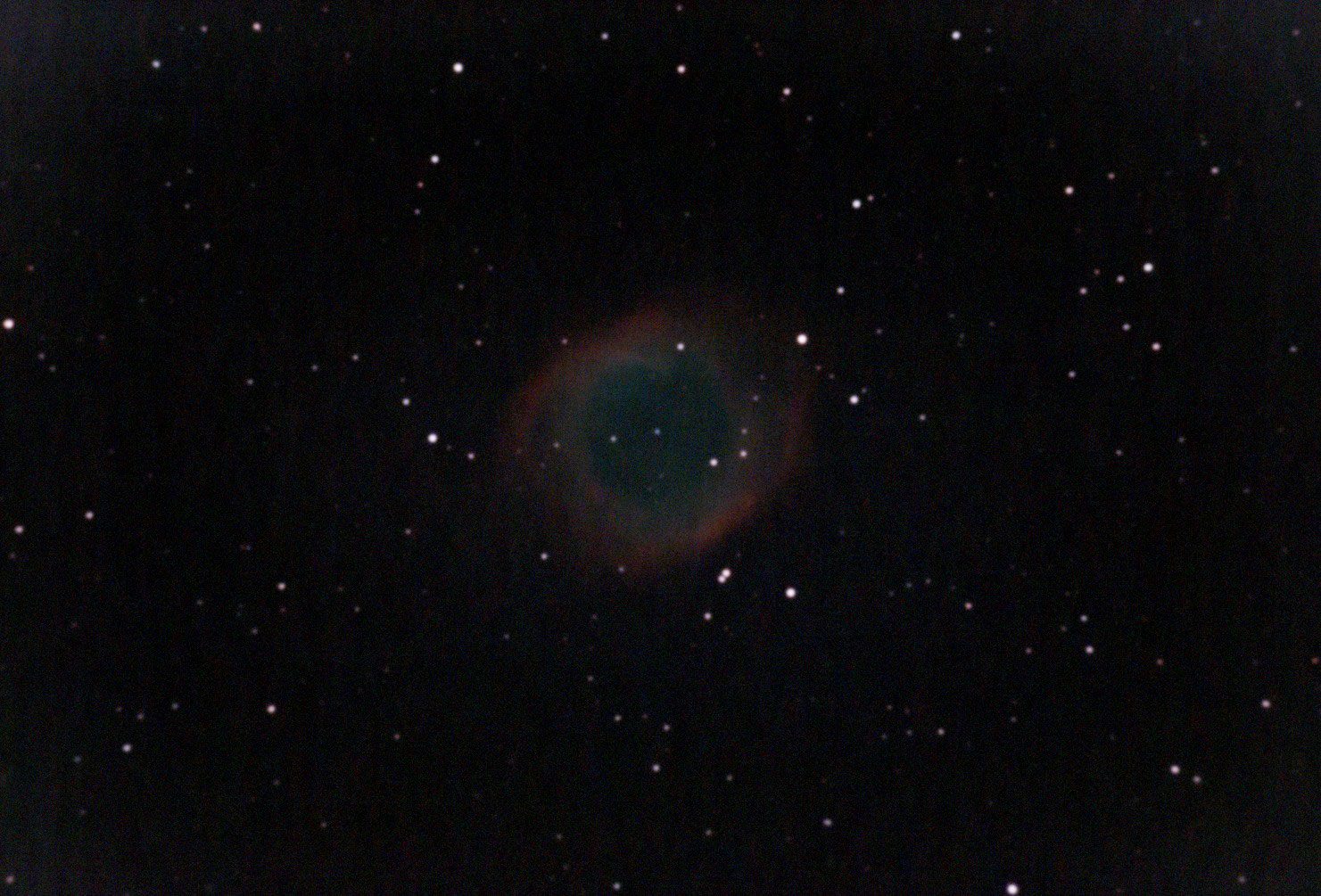
Astro Tours believes that connecting celestial objects to their mythological and historical significance makes for a more engaging and enriching experience. Astronomy folklore is a tapestry rich with stories and myths with each constellation holding tales as old as time. Storytelling is also a tool to promote accessible education, as it provides a hands-on learning experience for guests. Their stories dually promote diversity with their tales spanning cultures and continents.
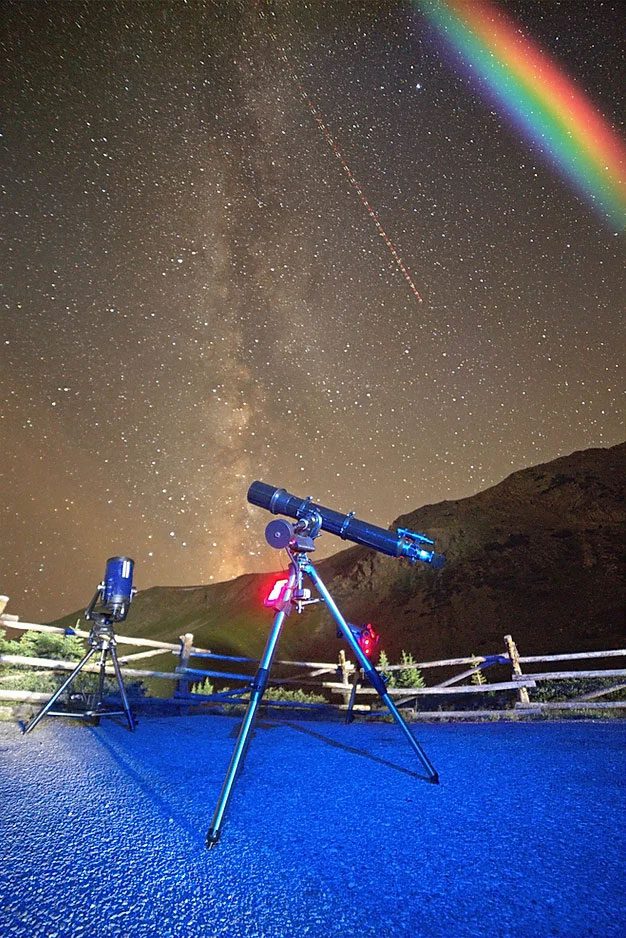
We continued spotting more objects through the evening with our viewings dotted with stimulating conversations about the four Galilean moons and planetary rings, rock formations and chemical compositions, UFOs and satellites and space junk, nebulas and galaxies, and even the ongoing debate about Pluto. And it left us feeling like everyone should have this chance to know more about our sky, our planet and our place in the universe. That quote from Carl Sagan, “Even through your hardest days, remember we are all made of stardust,” just really made sense after this experience.
Astro Tours gives more than just an educational tour. They create a sense of community and unity. As Luke says, “We want to highlight how small our planet is in the grand scheme of things and how this shared experience can bridge gaps between us. It’s about more than just looking at stars; it’s about recognizing our shared humanity and our collective journey on this Earth.”
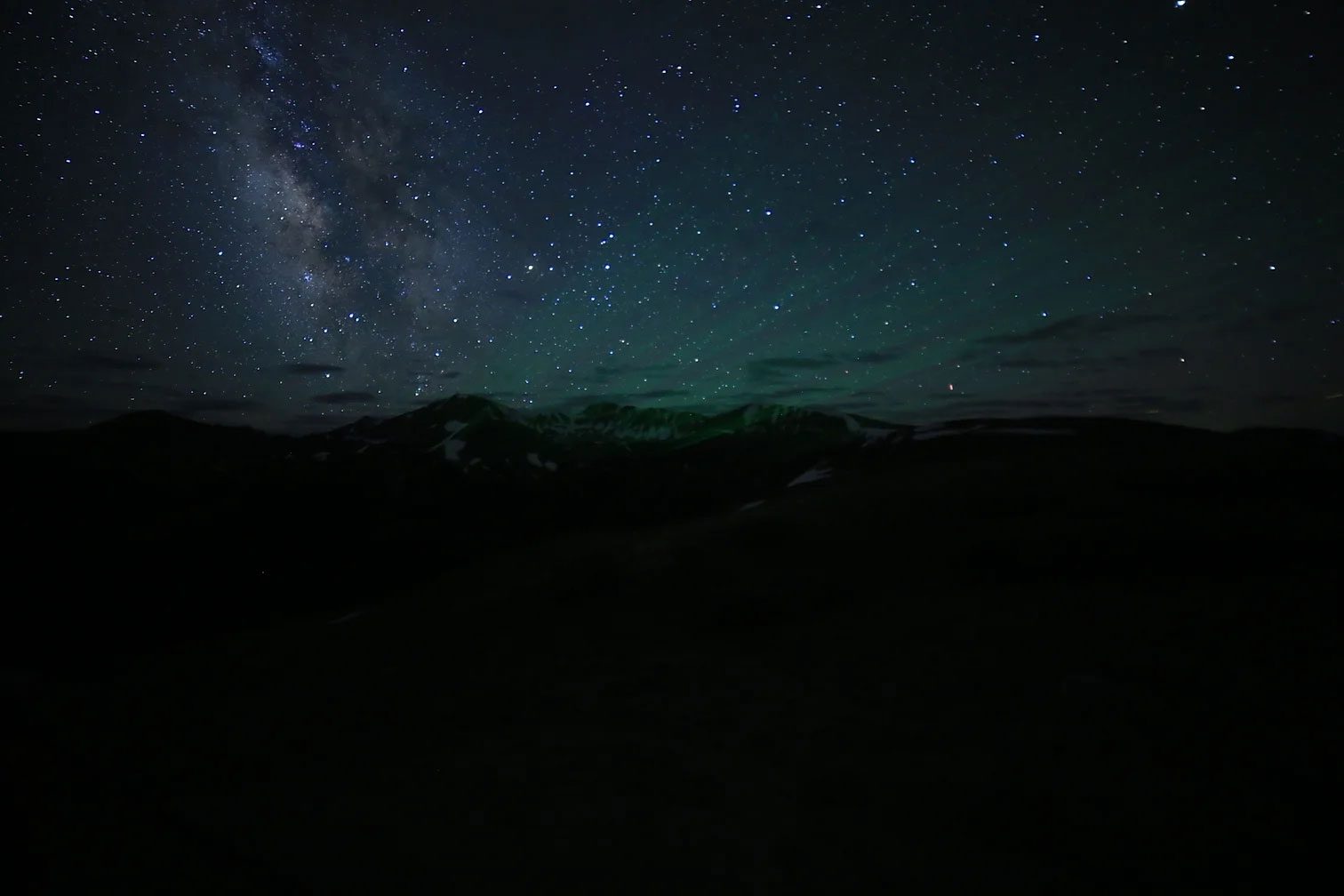
Book your Astro Tour today. Available in Colorado and now Arizona.
**Astro Tours has multiple tours a week, year-round. Outside with no hiking required. For all ages and all people.**
Luke Huxley is an astronomer born in Denver, Colorado and was amazed with the Rocky Mountains’ sky his whole life. He’s owned a few telescopes but his favorite one was given to him by his grandfather when he was in middle school — a portable, 4-inch Mak-Cassegrain telescope. He graduated in 2016 with a major in physics and a minor in astrophysics and geophysics, and completed an independent study in quasar research and a senior project using magnetism to launch payloads in to space. After graduation, he went to Australia to work as a tour guide for “#SpaceGandalf” at Astro Tours Broome. It was his favorite job and when he returned to the States he quickly realized that nothing similar exists which lead me to create Astro Tours.
Aislynn Mills is a passionate astronomer who majored in astrophysics with a knack for celestial navigation and stargazing. Her hands-on astronomy journey led her from award-winning night sky observations at the Rocky Mountain Star Stare to countless evenings under the stars. Her favorite heavenly body to chat about is Messier 57, a fascinating glimpse into the world of white dwarfs.
Krysti Joméi is the owner and founder of Birdy Magazine. Currently living and creating in Denver, she grew up all around San Francisco, by Houston’s NASA, on an island across from Seattle and near the Canadian border. At 19, she graduated with a double-bachelors in Communication and Journalism before making her way to the renowned public radio station KEXP to dive into the music world as a writer and editor. Before landing in Colorado, she lived on a locally-run, sustainable farm at the base of Kenya’s Nandi Hills where she documented the multi-tribal farm’s agricultural apprenticeship program and created a course manual in an effort to gain government-recognized college accreditation for its participants. In 2013, she partnered with Birdy co-owner/co-founder Jonny DeStefano to run their DIY, donation-based comedy and music venue, Deer Pile, in Denver’s Capitol Hill. Together, Jonny and Krysti released their first issue of Birdy in January 2014 and never looked back.
